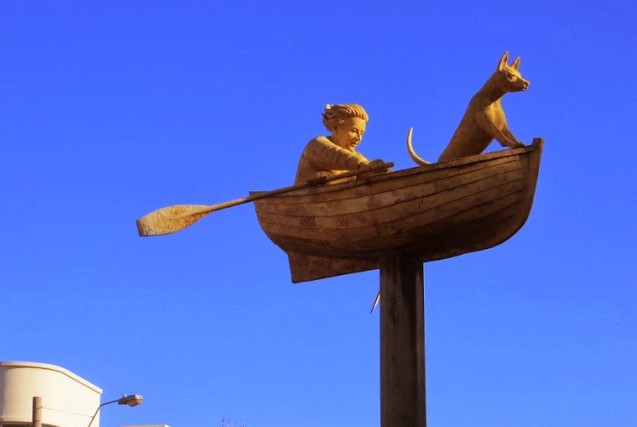
Looking up!
On my way from here to there last week, my favourite thing happened. I saw something that I would have missed had I not been riding between here and there. And that observation suggested the theme for this week’s post.
First thing
A worker in a cherry picker was attending to the land side beacon in Port Melbourne. His colleague told me that they were replacing 3G with satellite navigation. He confirmed that the rear beacon is still actively used in navigating the Port Melbourne Channel.
The beacons, or Leading Lights, were installed by the Melbourne Harbor Trust in 1924. The off shore beacon is a round and tapered wooden-framed light built on piles while the on shore beacon is a 26 metre concrete tower, 500 m north of the Front Light.
According to Lighthouses Australia, the Rear Light’s “main light is red, occulting1 every six seconds, and three metres below it is a 24 hour a day directional light, with green, white and red sectors, each showing over only a fraction of a degree, to mark the precise centre of the Port Melbourne channel, in a particularly narrow arc of 1.5 degrees”.2
The Melbourne Harbor Trust required that no structures intrude into the sight line between the beacons. That unencumbered sight line became Beacon Vista and a key element of the site layout and street pattern in Beacon Cove.
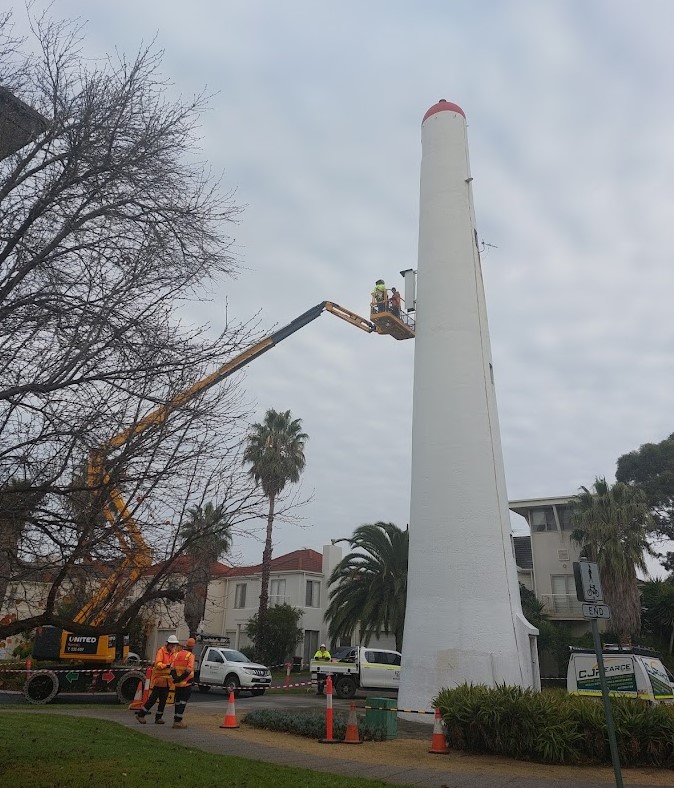
Second thing
Since none of the trees in Westgate Park are old enough to have developed the hollows required by different species of bats and birds, Westgate Biodiversity: Bili Nursery and Landcare (WBBNL) has installed habitat boxes in Westgate Park. In a recent survey, a Gould’s Wattled Bat, Chalinolobus gouldii, was detected in one of the habitat boxes. At this time of year, bats in colder parts of Australia enter a state of torpor.
Gould’s Wattled Bats are found throughout Australia but little is known about their presence in inner urban locations like Westgate Park. They eat insects, including beetles, caterpillars, crickets and moths which makes them helpful regulators of insect populations.
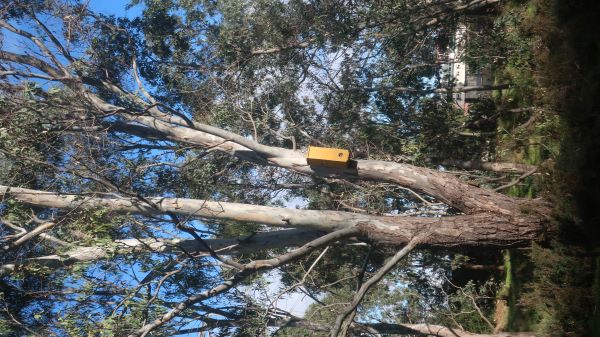
Pregnancy usually occurs during September and October, lactation during November and December, and fledged young during December and January. Females can store fertile sperm for at least 33 days, allowing them to conceive long after mating. Because pregnancy occurs in both uterine horns, the resulting offspring are often twins.3
They often fly out straight after sunset and the ambient light makes them vulnerable to predation. WBBNL volunteers observed microbats in flight cross the night sky along the Yarra River corridor. It is anticipated that in warmer months more microbats will be recorded in Westgate Park.
Third thing
Recently, Henry Smith, artist of the well loved Man, Dog, Boat sculpture outside Gasworks Park, was in town. Smith llives and works in Alice Springs (Mparntwe) these days.
Many people have observed that the rower is facing the wrong way. He was well aware of it. “I designed it the way that it is, so that it points like an arrow to the Gas Works Park, where the occupants are about to make land after braving Port Phillip Bay. The commission for a sculpture for that place was advertised as a sign-post sculpture.”
His visit was a prompt to re-visit the installation of the sculpture in 1995 when the surrounding context looked very different. Note the brick wall surrounding the former Gasometer site, now 1 Graham St, and the paucity of trees in Graham St.
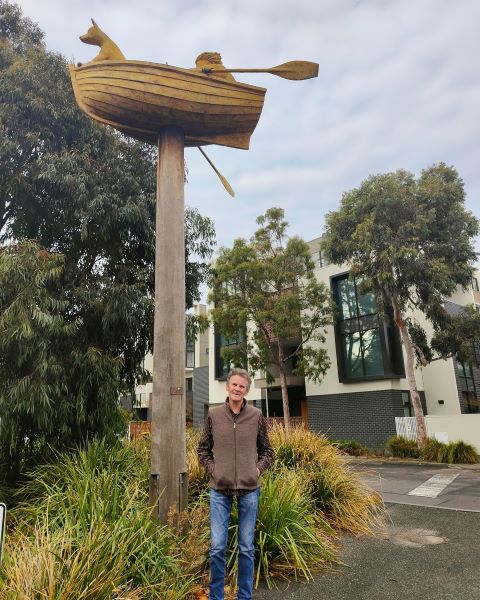
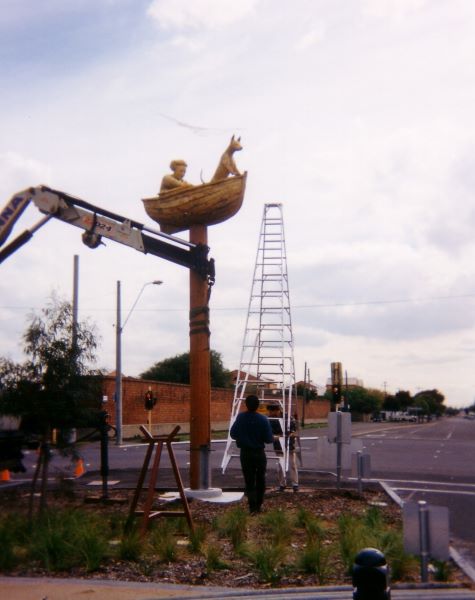
Henry Smith and Man. Dog, Boat (2024) image credit: Raagini Ramasubramanian Installing Man, Dog, Boat (1995) image credit Gasworks Arts Park Archive
In a contribution to Regenerating the Ecologies of Fishermans Bend, part of Melbourne Design Week, Dr Casey Visintin drew attention to the huge number of poles in urban environments. Might they, with appropriate interventions, become ecologically useful through providing habitat out of harms way?
More
1 Duration of light longer than duration of darkness
2 Port Melbourne Lead Lights Lighthouses Australia
3 Gould’s Wattled Bat Chalinolobus gouldii Atlas of Living Australia
If you’d like to get involved in monitoring the habitat boxes in Westgate Park there will be more opportunities as the weather warms. Visit WBBNL’s website to register your interest.
Explore Gasworks public sculptures
2 Comments
-
Linda N
Love to learn new things, thanks for sharing Janet


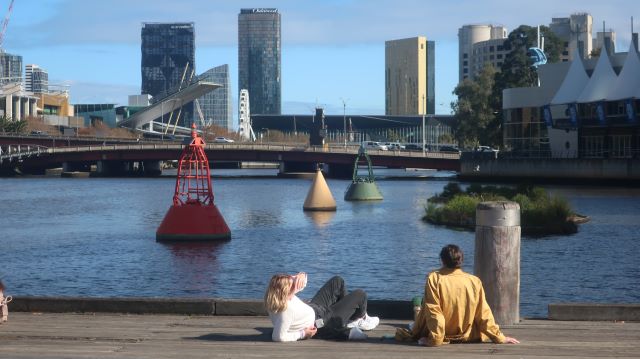
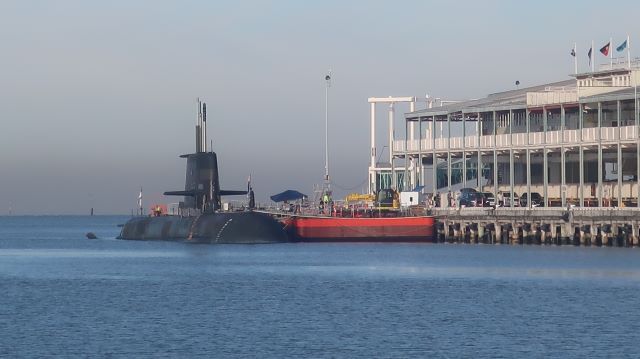
Judy
Thoroughly enjoyed all these observations Thanks Janet